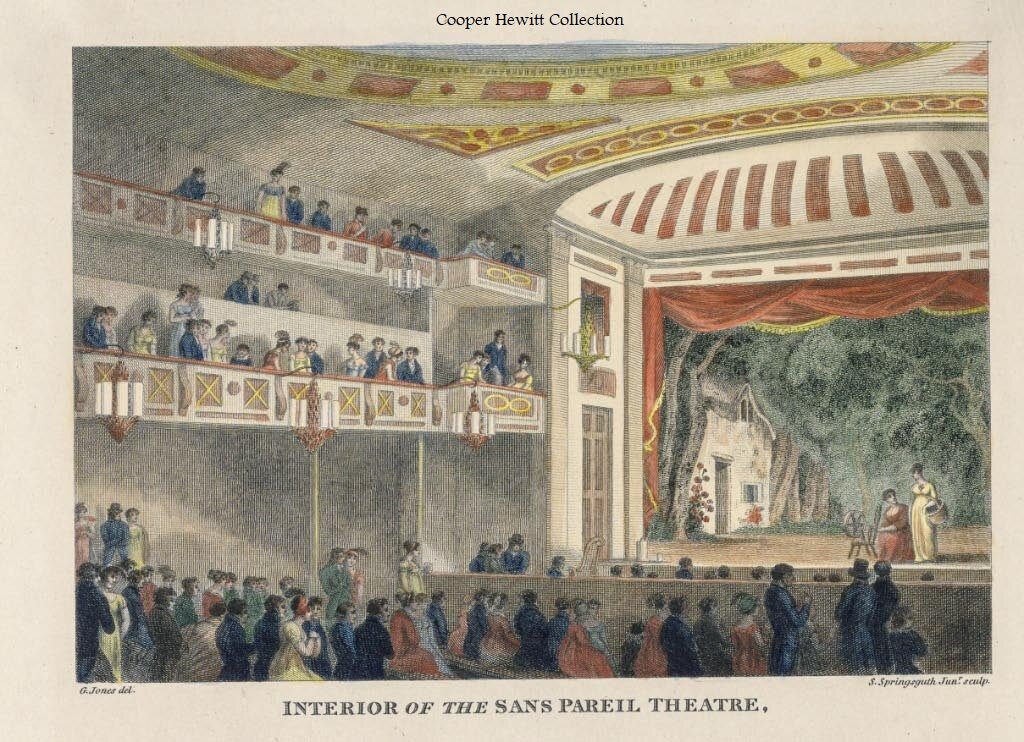Miss Wonderful eBook now $1.99
Miss Wonderful, which starts my Carsington Brothers series, was my first book after a hiatus of several years It was a great joy to return to romance writing with a love story set in Derbyshire, home of the Peak (what we now call the Peak District), and a place I had visited a few years earlier. Plot elements as well as my hero were inspired by actual events, persons, and places, a great satisfaction to my nerdy history mind.
Readers of Pride and Prejudice will remember that Elizabeth Bennett’s planned trip to the Lake District was curtailed. Instead, she went to Derbyshire, where she discovered Mr. Darcy’s beautiful house and estate. There’s a great deal more to Derbyshire’s beauties* and potential for romance, as my book, I hope, will make clear.
T. Cartright, A View of the High Torr, Matlock, 1808 courtesy British Library
Meanwhile, if you haven’t yet met any of my Carsingtons, here’s your chance to start at the beginning, for a mere $1.99.
*And yes, the spelling is “Tor,” but spelling in the early 1800s was a little erratic.
Location, location: Scenes from Ten Things I Hate About the Duke
In a previous post, I showed you the Green Man Inn as it was. It’s still there, not quite the same, but easy to recognize.
Litchfield House aka deGriffith House, is the building on the left with the trees on the balcony.
Also still in existence is the house I turned into deGriffith House. Currently known as Litchfield House, No. 15 St. James’s Square, it stands in a corner of the square next to the London Library. You can see some interiors here.
You can read more about the house here at Patrick Baty’s blog.
St. James’s Square in 1812, image from Ackermann’s Repository.
St. James’s Square looked very different in the time of my story.
“In the centre is a large circular sheet of water, six or seven feet deep, from the middle of which rises a fine equestrian statue of William III. Erected here within these few years.” Thomas Allen, History & Antiquities of London, Westminster, Southwark ... Vol 4 (1829).
Apparently, the pool was still there in the 1839 edition.
Another, much later writer has this to say about the pool: “The basin of water was not even then removed, and is still remembered by many persons now living, the stagnant slimy pool having only been finally drained within the last fifty years, after one of our periodical panics of cholera, when the existing garden was laid out and planted with trees.” Arthur Irwin Dasent, The History of St. James's Square and the Foundation of the West End of London: With a Glimpse of Whitehall in the Reign of Charles the Second. (1895)
Images L-R:
Furnival's Inn, Holborn was demolished in the 1890s.
Lord Grosvenor's Gallery, Park Lane - Shepherd, Metropolitan Improvements (1828)—Grosvenor House was my model for Ashmont House. It was demolished sometime about 1926-27. A hotel now stands on the spot.
The Hanover Square Rooms, where the fancy fair takes place in my story, was demolished in 1900.
The Adelphi (the image dates to when it was the Sans Pareil) theater, which has been renovated and rebuilt and enlarged over the years, remains in active use.
Charles Cotton’s Fishing House, photo by Neil Gibbs 2 August 2006. Attribution Neil Gibbs
And this is the Fishing House, which I moved from Derbyshire to Surrey for story purposes. You can see other images here at Derbyshire Life.








